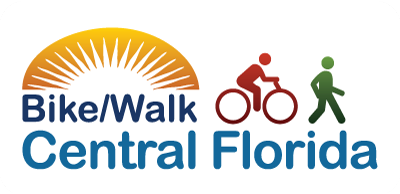Walkable places aren’t just more convenient – they’re more valuable.
According to a new study by Smart Growth America, walkable neighborhoods in cities are economically stronger, more socially equitable and provide more job opportunities than drivable areas.
The opposite of suburban, drive-only developments, walkable urban places (WalkUPs) within urban metros provide offices, retail and housing all in a distance accessible by walking or taking public transportation.
The study identified 761 WalkUPs in 30 major U.S. cities, and then ranked the cities based on the number of walkable places it has. New York holds the most (as you expected) at 147 WalkUPs. Other leaders are Denver, Boston and Washington, D.C.

Baldwin Park
Unfortunately, Orlando landed near the bottom of the list, coming in at no. 27 out of the 30 cities, and has only three walking-friendly areas. While walkable places like Baldwin Park and Downtown Orlando might provide a blueprint of what other neighborhoods in the city should look like, the majority of the greater Orlando metro requires you to have a car if you want to get, well, anywhere.
WalkUPs sound great, so why don’t we have more of them?
Baldwin ParkWith more convenient, centrally-located property comes a higher price tag. And, many people who would benefit from the low-cost transportation available in WalkUPs can’t afford to live there. Take Orlando for example – rent in walkable areas is on average 42 percent higher than rent in the suburbs.
Outdated zoning regulations can also act as a barrier, according to Smart Growth America, often making it illegal to build the infrastructure needed for walkability. Since the 1950s, governments have put a focus on pushing people out of cities, rather than accommodating to the growing populations within them. Laws that only allow for low-density or single-family structures were put in place in the suburbs, creating the car-centric, white-picket fence dream that shaped the American way of life. But in 2019, as cities have grown and suburbs have become more urbanized, the zoning regulations haven’t always kept up.
Though Orlando may not currently be one of the most walkable cities, rest assured that there are programs and policies in place to help get us there. City officials have already taken on initiatives like Complete Streets and Vision Zero to increase walkability. Bike/Walk Central Florida and its partners also advocate for more walkable and bikeable communities by raising public awareness that more bike-friendly areas are also safer for pedestrians.

Baldwin Park
All in all, this study contends that walkability needs to be a priority in every city. With more walkable areas, people of all income levels are able to live where they can easily access jobs and opportunity, bettering the economy. With more walkable areas, we’ll be able to transition away from car-centric living, which is better for you, the environment and city planning. And, with more walkable areas, neighborhoods will become more socially equitable, allowing all people to enjoy the benefits of their community.

